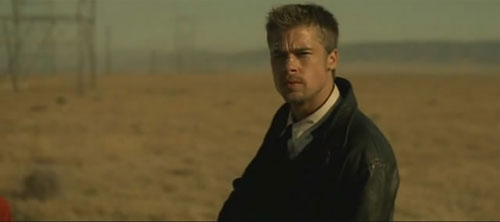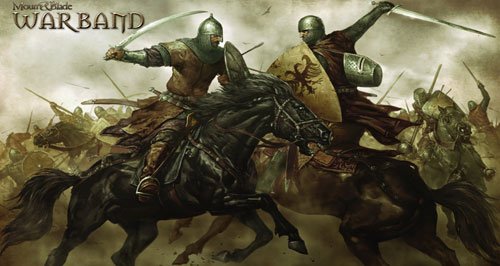Action RPGs tend not to be deep, complex games — a key factor of the subgenre’s appeal to many. They’re very easy to get into — if you can point your mouse cursor and left-click, you’re good to go — and aren’t especially taxing. Two hours of intense PvP action on a competitive FPS server will leave the average gamer frazzled; two hours into a Diablo-like, the player would be perfectly happy to spend more time to finish a few more quests for the next tantalising level-up ding. The mechanics are so simple, the decision-making so limited, the action so repetitive, most players can plough through these games almost on auto.
It helps a lot players aren’t normally penalised heavily for failure. Death is usually a trivial inconvenience less painful than a stubbed toe. There may be some minor loss of XP (which can be quickly recouped) and some retracing of steps to be done but these penalties are so insignificant there’s little incentive to stay sharp and focused while hacking and slashing through hordes of foes.
This is not to say Diablo-likes are completely devoid of challenge. There is challenge enough within them to satisfy even the most hardcore of the hardcore but players must actively seek them out. By increasing the difficulty levels and enabling the permadeath option, action RPGs can go from near-mindless comfort gaming to genuine tests of skill as encounters which are otherwise straightforward turn into epic heart-in-mouth struggles.
Unfortunately, few action RPGs encourage this. These games constantly reward with XP, level-up skill improvements and loot but provide very little incentive to ramp up the difficulty, leaving the player with only the daunting penalties that go hand-in-hand with greater challenges.
Permadeath, in particular, seems an unduly harsh punishment and all the more so given the hours a player might put into each character, carefully tweaking the build and kitting out the character with the best possible gear. For those who’ve never tried playing with permadeath enabled, it may seem a completely mystifying way to play, a choice for masochists and the foolhardy. There can be no avoiding death in action RPGs, only a delaying of the inevitable, so why deal with the frustration of permadeath?
Yet the greater the risk, the greater the intensity of experience and ultimately, the more rewarding success becomes. A level-up ding is satisfying in normal mode; with permadeath enabled, each level-up is a fist-pumping moment, hard-won and well-earned, a testament to skill and endurance. Still, that thrill will never be experienced unless there is proper inducement to give this high-risk style of play a try.
Continued…





